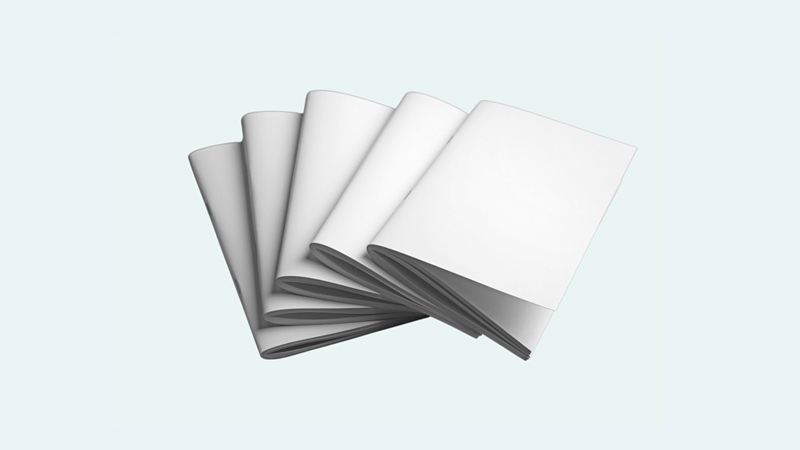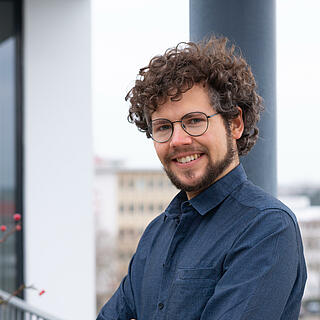The circular economy involves more than waste management: the aim is to create closed loops for raw materials and slow down substance cycles altogether. A circular economy recognises concepts such as waste prevention, reuse and repair. It starts with product design and encompasses manufacturing, (re)use and recycling. It also includes measures that lengthen product lifespans and service life, such as minimum durability requirements and, not least, sufficiency: this means consuming less and reducing energy and resource use.
A circular economy is nothing less than a new economic model – a structural transformation in line with environmental principles and a paradigm shift at the same time. It is also a key field of action in the transition to sustainability as it is relevant not only to greenhouse gas emissions but also to biodiversity loss and resource consumption. The Oeko-Institut conducts in-depth analyses of the various approaches and the economic, technological and social challenges associated with the circular economy and develops policy solutions for all levels.
![[Translate to English:] © plainpicture / Astrakan Images](/fileadmin/_processed_/3/f/csm_Ressourcenwende-Circular-Economy_plainpicture-Astrakan_d4063b979f.jpg)











